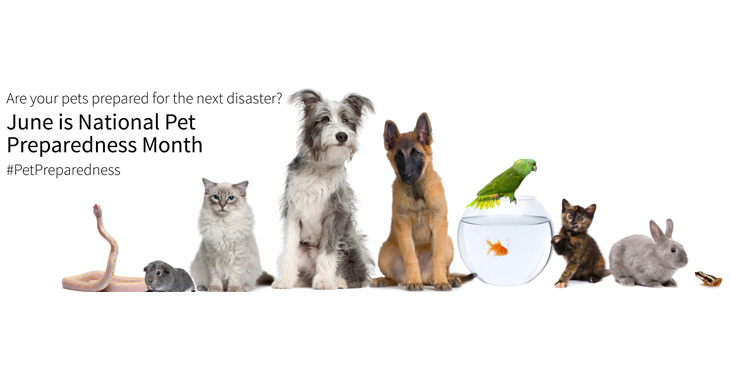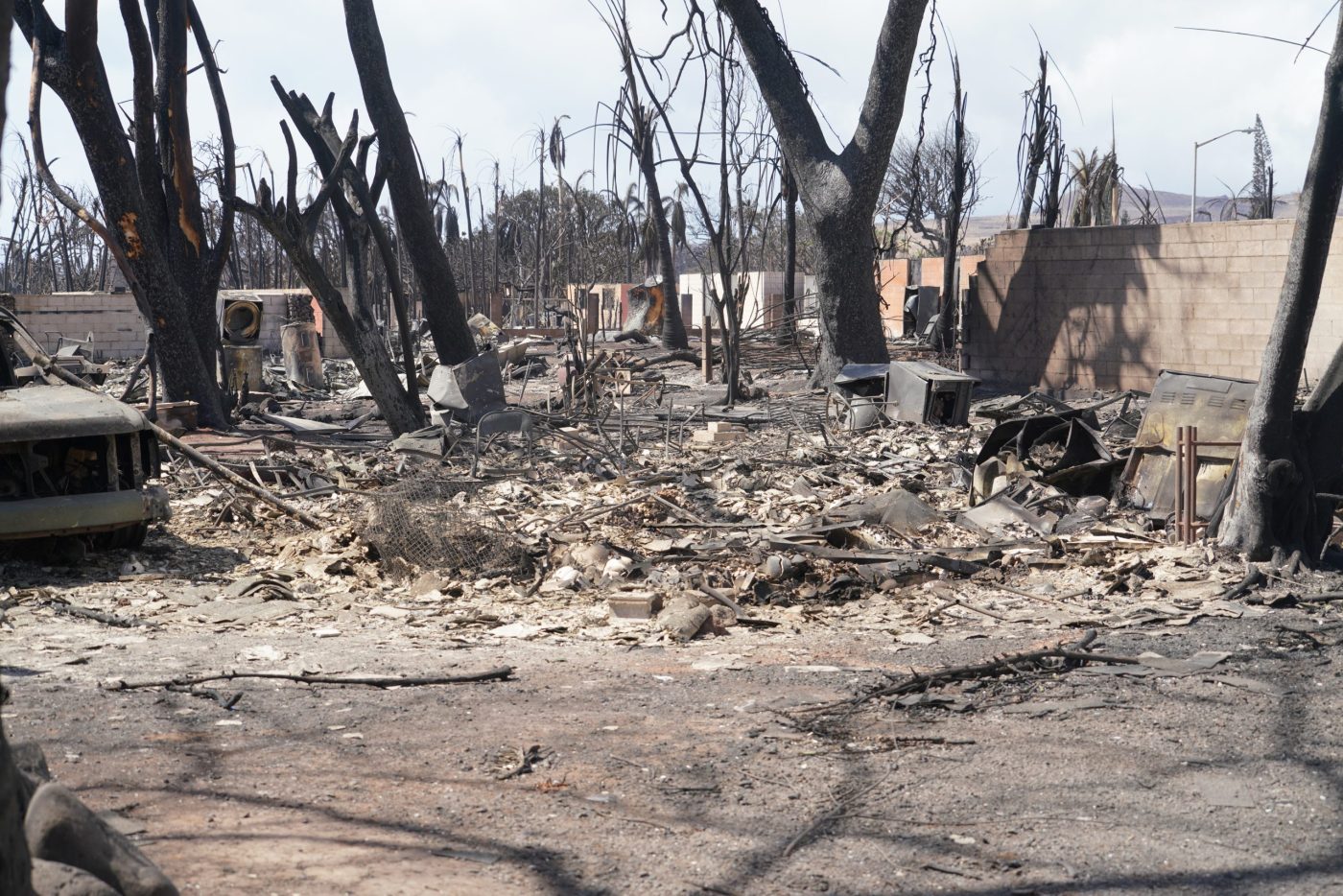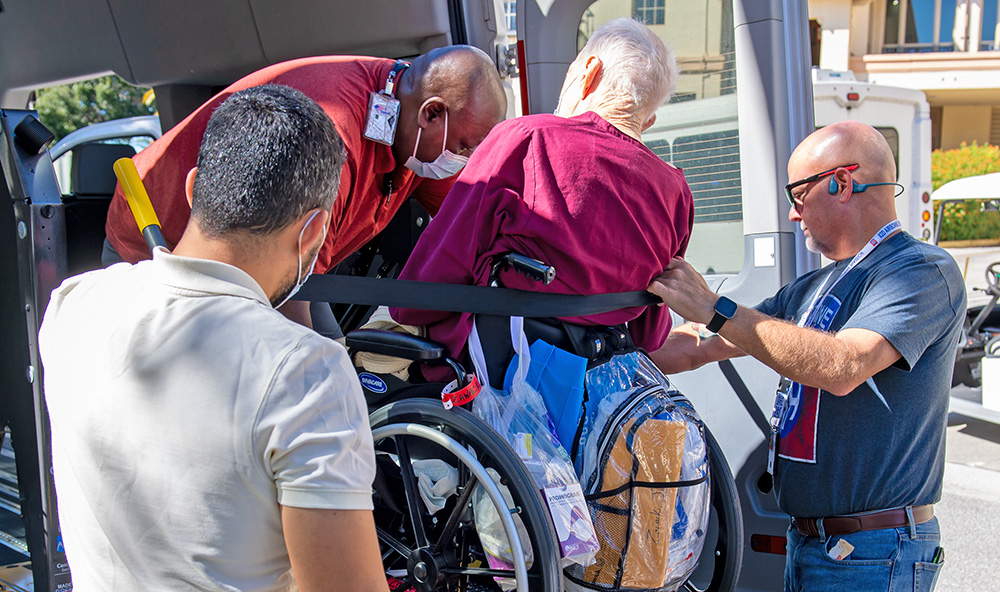June is National Pet Preparedness Month. Did you remember to include your pet/service animal in your hurricane preparedness plan? Don’t leave your best friend stranded during a weather emergency!
Most emergency shelters will not accept animals due to health regulations. Please plan in advance on how you will care for your pet or service animal when disaster strikes. Check with your local animal shelter or veterinarian about your options should you need to leave your home. Please provide enough food and water for your animal to make it through the storm if the location for your pet/service animal does not provide this for you.
Follow these important steps to be prepared for your pet/service animal:
- Include your pets/service animal in your emergency plans.
- Build a separate emergency kit for your pets/service animal.
- Consider microchipping your pet/service animal since many breeds look the same. Many veterinarians offer free or low-cost microchipping services.
- Make sure and keep digital records and/or pictures to identify your pet/service animal after a disaster in case you become separated.
- Create a list of places that accept pets if an emergency happens.
This checklist can help you get you started if you don’t already have a pet/service animal emergency kit. You may want to add a few items beyond this list that is specific to your pet/service animal.
Help Emergency Workers Find Your Pets/Service Animal
The ASPCA recommends using a rescue sticker alert to let people know that pets are inside your home. Make sure it is visible to rescue workers, and that it includes the types and number of pets in your household and your veterinarian’s phone number.
If you must evacuate with your pets/service animal (and if time allows), write “EVACUATED” across the stickers so rescue workers don’t waste time looking for them.
Service Animals
Evacuation plans should be developed in conjunction with individuals who use service animals. The plans should consider all emergency contingencies (i.e. lockdowns, shelter in place, evacuation) with the assumption that the animal and the user will not be separated. The care or supervision of a service animal is solely the responsibility of his or her handler. It is advisable to keep extra food and supplies on hand for their service animal.
During an evacuation, service animals are allowed to be transported with their owners/handlers. Service animals are permitted to be in ALL places that serve the public as long as the animal is not out of control or otherwise posing a direct threat to the health or safety of individuals. A service animal may become hesitant or confused during an emergency. Discuss how to best assist the person with a disability if this should occur.
Be ready to explain to first responders that you need to evacuate and choose to go to a shelter with your family, service animal, caregiver, personal assistant and your assistive technology devices and supplies.
The following links can further assist you with pet or service animal preparedness:
Household Pets and Service Animals Support
American Red Cross Animal Safety
Get Your Pets Ready for Emergencies
Preparing Makes Sense for Pet Owners
Kristin Daniel is an emergency management specialist for the Office of Emergency Management & Resilience.
Topics in this story
More Stories
Disaster assistance information has been sent to thousands of Veterans who live in Hawaii.
VA’s Sunshine Healthcare Network took quick action in response to Hurricanes Fiona and Ian including contacting more than 10,000 vulnerable Veterans.
VA Video Connect, My HealtheVet, and other virtual tools can help you access VA care in case of a hurricane or natural disaster.








